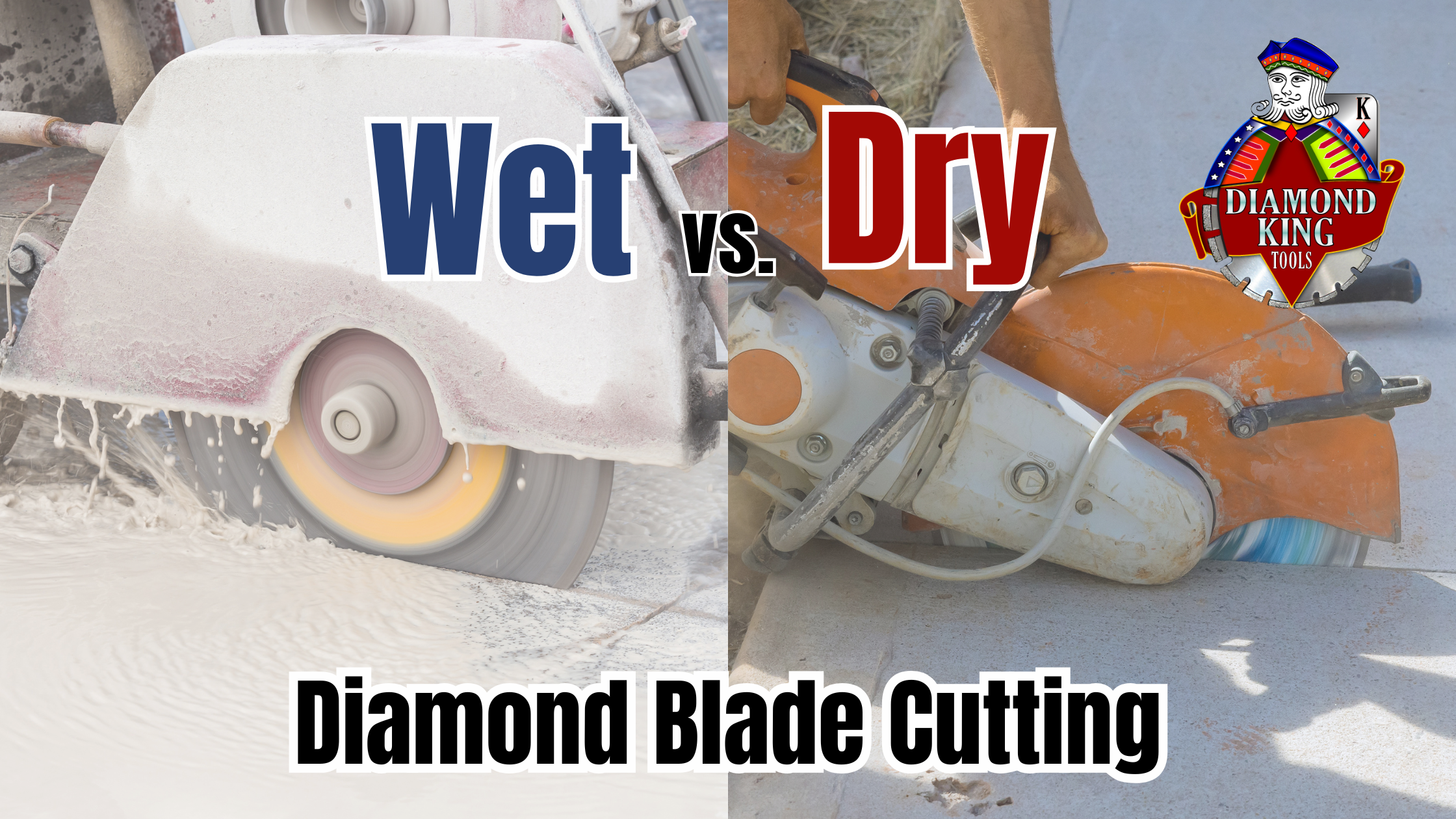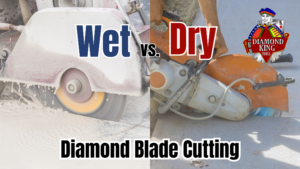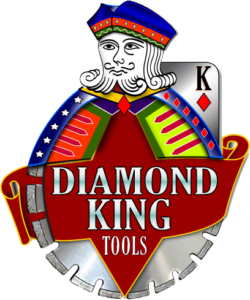When it comes to using diamond blades, one of the most common questions professionals ask is whether they should be wet cutting or dry cutting. Both methods serve important roles in the construction, hardscape, and masonry industries so knowing when and how to use each can make all the difference in your blade’s performance and lifespan.
In this blog, we’ll break down wet vs dry diamond blade cutting, the benefits of each, and how to choose the best method for your job.
What Is Wet Diamond Blade Cutting?
Wet cutting uses water to cool the diamond blade while it cuts through materials like concrete, stone, or brick. Water acts as a coolant and lubricant, minimizing dust and reducing friction.
Benefits of Wet Cutting:
- Extended blade life due to reduced heat and wear
- Cleaner cuts with less chance of cracking or chipping
- Minimal dust for improved safety and visibility
Wet cutting is ideal for long, continuous cuts or projects where precision and dust control are essential. However, it requires access to water and equipment that supports wet use.
What Is Dry Diamond Blade Cutting?
Dry cutting does not use water. These blades are designed with special segments and airflow slots that help disperse heat as you cut. Dry cutting is commonly used for outdoor applications or jobs where water isn’t practical.
Benefits of Dry Cutting:
- Convenient and portable meaning you won’t need a water source
- Faster setup for quick jobs or repairs
- Great for small or shallow cuts
That said, dry cutting produces a lot more dust and can wear down blades faster if not done correctly. To prevent overheating, use a dry blade with intermittent cuts, allowing the blade to cool between passes.
Which One Should You Choose?
Choosing between wet and dry cutting depends on your job site conditions, the material you’re cutting, and the tools you have available.
- Choose wet cutting for precision, reduced dust, and longer blade life
- Choose dry cutting for quick, simple jobs where water isn’t available
Always check the manufacturer’s recommendations because some diamond blades are rated for wet use only, others for dry use only, and some are dual-rated for both.
Final Thoughts
Understanding the wet vs dry diamond blade cutting difference helps you work more efficiently, safely, and cost-effectively. At Diamond King Tools, we offer a full range of diamond blades to meet the demands of every cutting job.
Need help choosing the right blade?
Call us at (877) 700-2022
Email office@diamondkingtools.com
Visit www.diamondkingtools.com



